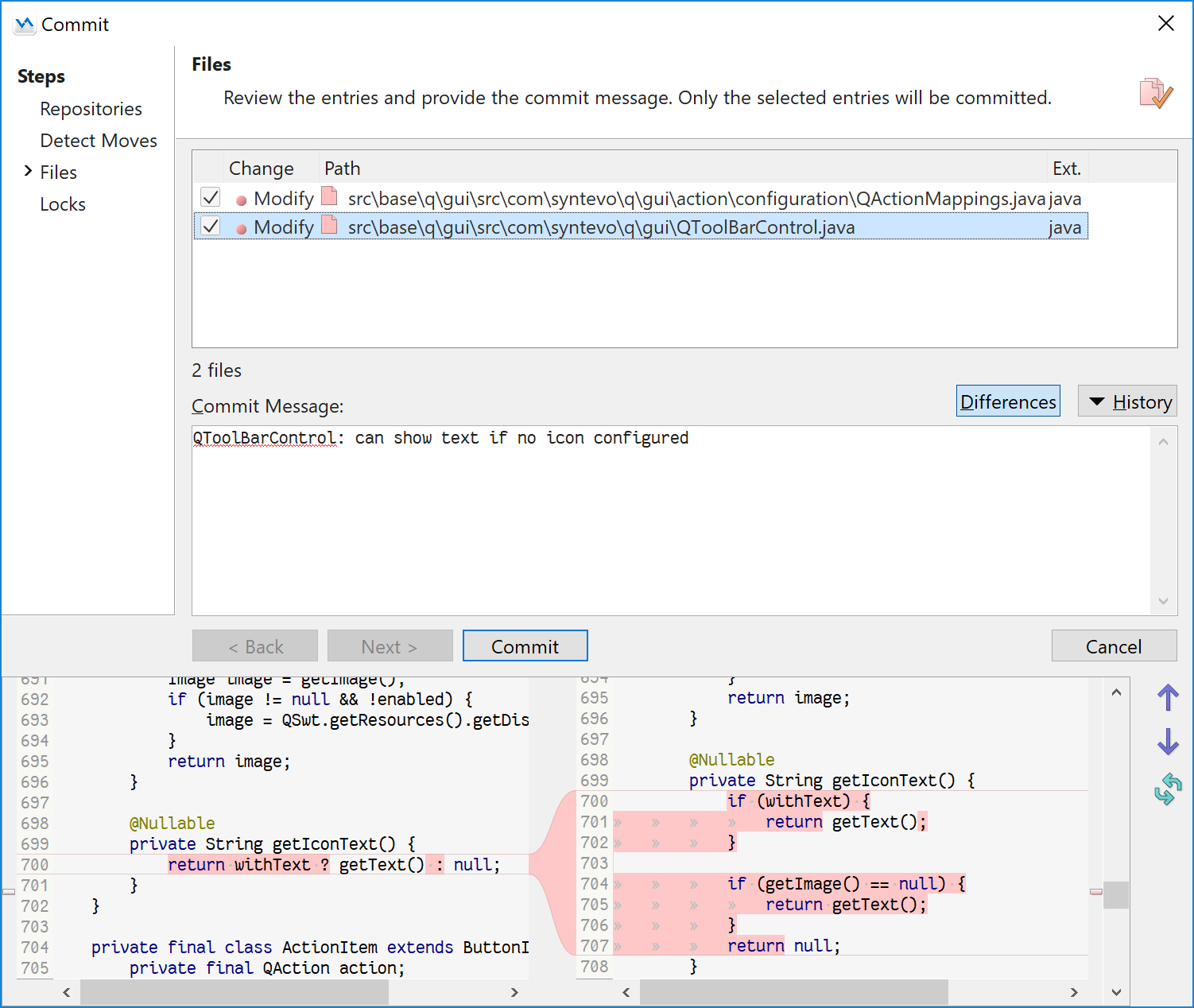


Open this dialog and choose from Linux/Unix, Mac or Windows.Īllows you to automatically add ‘keywords’ into the contents of a file itself. However, under certain circumstances, it might be convenient to redefine what ‘native’ means, for example, when you’re working on a project on Windows but frequently uploading it to a Unix server. Usually, text files are stored with their ‘native’ EOL Style in the Subversion repository. You can more about EOL Style at the ‘ Subversion Properties: EOL-Style’ blog post. The ‘In case of inconsistent EOLs’ allows you to define how SmartSVN should handle files with inconsistent EOLs. LF (Line Feed) – files contain LF characters, regardless of the operating system.ĬR+LF (Carriage Return & Line Feed) – files contain CRLF sequences, regardless of the operating system.ĬR (Carriage Return) – files contain CR characters, regardless of the operating system.Īs is (no convention) – this is typically the default value of EOL-style. Platform-Dependent/Native – files contain EOL markers native to your operating system. The ‘EOL Style’ option specifies the end-of-line style default for your current project. Different operating systems use different characters to represent EOL in a text file, and some operating systems struggle when they encounter unexpected EOL markers. Subversion doesn’t pay attention to a file’s end-of-line (EOL) markers by default, which can be a problem for teams who are collaborating on a document across different operating systems. To access SmartSVN’s Project Settings, open the ‘Project’ menu and select ‘Settings.’ The different options are listed on the dialog box’s left-hand side. In this post, we take a closer look at the changes you can make to Subversion’s properties, on a project-by-project basis using SmartSVN’S ‘Project Settings’ menu. However, sometimes you’ll want to be more flexible and change SmartSVN’s settings on a per-project basis. You can easily change how SmartSVN handles all your Apache Subversion projects using the popular, cross-platform client’s ‘global preferences’ settings.


 0 kommentar(er)
0 kommentar(er)
